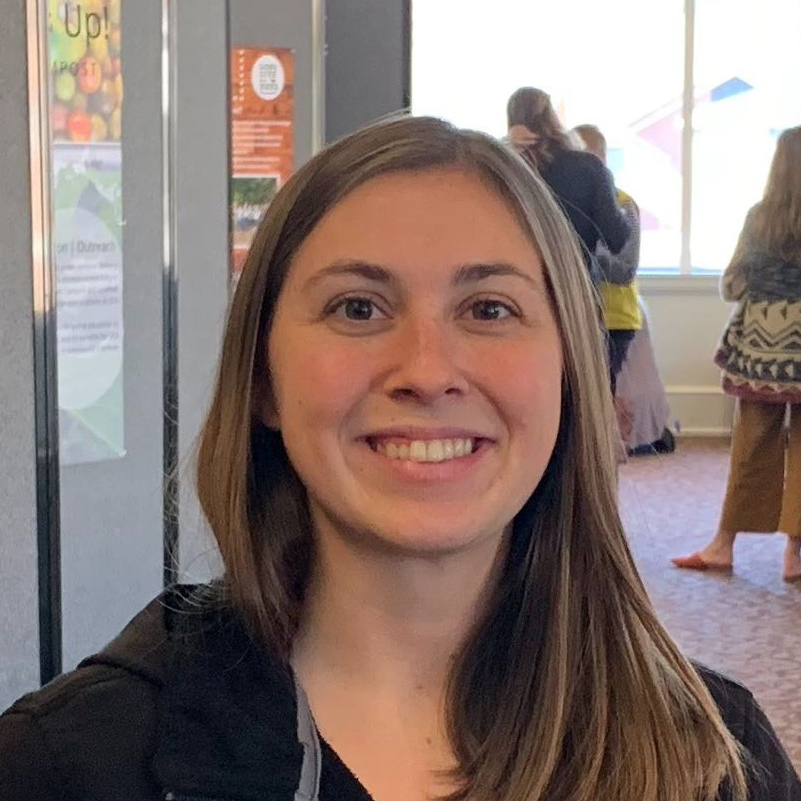Public health researchers at the University of Georgia have embarked on a COVID-19 surveillance initiative in collaboration with research institutions and universities around the world. UGA scientists have been able to track and evaluate the trends in viral loads of infected individuals with COVID-19 using local community sewage water before the infected population develops symptoms.
Dr. Erin K. Lipp, Professor of Environmental Health Science and Associate Dean for Academic Affairs, heads the project at the Lipp Laboratory. The project was started a year and a half ago following a brief closure of the Lipp lab due to the COVID-19 pandemic in 2020.
Megan Lott, a doctoral student and major project organizer, said they noticed other faculty members successes with wastewater surveillance and wanted to reopen the lab to be involved with the pandemic.
“We started thinking about ways to engage and use our public health knowledge to investigate the pandemic,” said Lott. “We had seen a lot of our colleagues’ wastewater surveillance on SARS-COV-2 and they had success with tracking trends by looking at viral loads in wastewater. We jumped on board and focused our direction there. It’s definitely been a group effort.”
The Lipp lab has collaborated with research labs and experts from all over the world who are performing similar wastewater surveillance programs which has become a sounding board for everyone involved.
“This has been a large initiative and an incredible community of researchers that came together and used their skills to help monitor the pandemic,” said Lott. “We’ve been learning from a lot of collaborators…we’re not the only ones doing this, and it’s been really exciting to learn from other groups.”
Wastewater surveillance is a common public health measure often used to study and track the progression of community-spread diseases, such as COVID-19. Individuals who are infected shed viral particles through their stool, which is then collected by the sewer shed and sent to a centralized wastewater reclamation facility. There are many benefits to this type of testing, which doesn’t rely on individuals to go out and get tested.
“As the cases increase, the number of viruses in the wastewater increase, and as the cases decrease, the number of viruses in the wastewater decrease,” said Lott. “Sometimes when the public health system is overloaded and backlogged with a great number of cases, wastewater is giving additional information. We are not relying on anyone to get tested. It is anonymous and doesn’t require any active surveillance.”
These types of surveillance programs can detect infection in communities sometimes even before symptoms develop. This is due to the ability to collect samples from both asymptomatic and symptomatic individuals.
“People shed viruses regardless of whether they are symptomatic or not,” said Lott. “It is useful because we are able to get data from both the asymptomatic and the symptomatic. Someone who is asymptomatic may not be going to get tested, so we can detect cases that we otherwise be able to.”
Lott says that a wastewater surveillance program is used in tandem with other public health surveillance methods. While many people may never consider wastewater or what happens to it once it leaves our homes, these are important questions for public health officials.
“In public health we think a lot about wastewater—how to best manage it and the best practices,” she said. “As a public health microbiologist, wastewater management is one of the best public health tools to manage infections.”
You may also like
-
UWG Students Result to Dumpster Diving For Free Books After Ingram Library Throws Out Hundreds of Resources To Make Space For Their Updated Catalog
-
The Literacy Crisis and Why Georgia’s Children Are Struggling to Read
-
Community Left Seeking Answers In the Unsolved Murder of a Carroll County Couple:
-
Atlanta Community Food Bank Provides Thanksgiving Baskets for Those in Need
-
Carrollton Receives the Largest Grant in City History to Fund The Maple Street Project
